Zero calories / zero glycemic index
safe for diabetics, keto, weight-loss seekers.
Dextrose is just D-glucose in purified form:

Regulators treat it as mundane:
So the question is not “Is dextrose toxic?” The real questions are:
High-level pattern: anywhere manufacturers want cheap carbohydrate, mild sweetness, browning, or texture — dextrose is on the shortlist.
Typical placements:
Baked goods & snacks
Bread, bagels, cereals, crackers, cookies, bars.
Used to support yeast fermentation, improve crust color (Maillard reactions), and tweak sweetness.
On a single label the dose may not look dramatic. The real issue is cumulative exposure stacked on top of an already carb-heavy Western diet.
Glucose is not the enemy. It’s indispensable:
The distinction that actually matters:
Dextrose is the reference sugar for the glycemic index:
So structurally and functionally, when you add dextrose to food, you’re bolting on a fast-acting glucose spike.
Acute physiology:
Chronic pattern:
Mechanisms include:
Repeated hyperglycemia → oxidative stress and endothelial dysfunction
Chronic hyperinsulinemia → insulin resistance, adipose tissue dysregulation
Appetite disruption → rebound hunger after sharp glucose/insulin swings
Dextrose isn’t the only culprit here, but it’s the purest form of “high GI” you can lace into a product.
From a dietitian/healer perspective, using dextrose in routine foods (breads, sauces, “healthy” snacks) instead of reserving it for clearly defined medical and athletic use-cases is poor systems design.
There are contexts where dextrose is appropriate, even life-saving:
None of that justifies casually loading it into daily, non-critical foods that are marketed to the general public as “better” or “cleaner.”
From a labeling perspective, dextrose often appears as:
It functions as added sugar:
And because dextrose tastes slightly less sweet than sucrose for the same amount of carbohydrate, manufacturers can use significant quantities without the product feeling cloyingly sweet. Bell Chem+1
End result: high-carb, high-GI foods that don’t even taste “that sweet,” so consumers don’t intuitively realize how aggressive the glycemic load is.
Now contrast that with zero-calorie natural sweeteners like MonkVee monk fruit and MonkVee stevia.
MonkVee’s formulations leverage these properties instead of relying on dextrose as a carrier or filler.
Many mainstream “stevia” or “monk fruit” products:
MonkVee’s angle (as you designed it):
From a clinical/nutritional standpoint, that’s the crucial difference:
The sweetness is coming from high-intensity, low/zero-glycemic compounds, not from sneaky glucose under a different name.
The broader evidence on high-GI diets is consistent:
Mechanistic points you already know, but they’re worth emphasizing:
Dextrose is not uniquely evil here; sucrose and HFCS absolutely play major roles. But when dextrose is layered into:
it becomes part of a relentlessly high-glycemic landscape that is completely misaligned with metabolic resilience.
By contrast, systematically swapping dextrose-containing products for formulations sweetened with MonkVee monk fruit and stevia allows for:
Fast-acting carbohydrates like dextrose have a distinctive appetite pattern:
High-GI foods in general are associated with:
Again: using dextrose for strategic hypoglycemia correction or post-sprint glycogen refilling is one thing; sneaking it into a mid-morning “healthy” granola bar is something else entirely.
MonkVee’s monk fruit and stevia do none of this. They provide sweetness uncoupled from the insulin rollercoaster, so you can design foods around:
and overlay sweetness without distorting the metabolic profile.
The FDA GRAS designation for dextrose simply means:
It does not mean:
The U.S. regulatory environment allows a lot of latitude for additives and sugars; responsibility for optimizing metabolic outcomes falls on practitioners, formulators, and consumers, not the GRAS list. TIME
MonkVee’s decision to bypass dextrose entirely and lean on monk fruit and stevia is aligned with outcome-driven nutrition rather than minimum regulatory thresholds.
A rational protocol could look like this:
Step 1 – Audit
Step 2 – Replace Daily, Not Rare, Exposures
Step 3 – Reserve Dextrose for Narrow Indications
Step 4 – Build a MonkVee-Centered Sweetness Ecosystem
This structure shifts the diet from high-GI dependency toward glycemic neutrality with preserved sensory satisfaction.
MonkVee’s monk fruit and stevia products sit at the other end of that spectrum:
Given those facts, using dextrose as a background sweetener in everyday foods is technically “allowed” — but strategically unnecessary and biologically expensive in the long run, especially when cleaner, zero-calorie options like MonkVee monk fruit and MonkVee stevia exist and actually support, rather than sabotage, metabolic goals.
If you want, next topic we can handle the same way (e.g., fructose, sucralose, acesulfame K, maltodextrin + dextrose combinations, or “fake stevia” formulations) and build out a whole series of high-level blog chapters.
| Sweetener | Sweetness Level vs Sugar | Calories per Teaspoon | Glycemic Index | Aftertaste / Fillers | Verdict |
|---|---|---|---|---|---|
| Table Sugar | 1x | 16 | 65 | No fillers, but addictive | Tastes good, but fuels cravings & crashes |
| Pure Monk Fruit (MonkVee) | ~150x sweeter | 0 | 0 | No fillers, clean taste | Best sugar alternative – clean, natural, zero glycemic impact |
| Stevia | ~300x sweeter | 0 | 0 | No fillers, MonkVee has no aftertaste | Pure Stevia is a great option like Pure Monk Fruit |
| Coconut Sugar | 1x | 15 | 54 | No fillers, but still sugar | Marketed as “healthy,” but still raises blood sugar |
| Agave | 1.5x | 15 | 10–20 | No fillers, but high fructose | Lower GI, but high fructose load |
| Maple Syrup | 1x | 15 | 54 | Natural, but still sugar | Delicious, but not a real sugar-free alternative |
Millions of Americans are waking up to the processed sugar epidemic. Don’t be the last one stuck with the crash, bloat, and regrets — when MonkVee makes the swap easy.
Monk fruit, also known as Luo Han Guo, is a small melon native to southern China. For centuries, Buddhist monks used it as a medicinal tea for longevity and wellness. Its sweetness comes from mogrosides — unique antioxidant compounds up to 150–300× sweeter than sugar, but with zero calories and no glycemic impact.
At MonkVee, we deliver both pure monk fruit extract and pure stevia leaf extract — no erythritol, maltodextrin, or fillers. For those who enjoy blends, we also craft monk fruit + erythritol sweeteners that bake, brown, and caramelize just like sugar.
| Sweetener | Calories (per tsp) | Other Nutrition Claims | Reality Check |
|---|---|---|---|
| Table Sugar (cane) | ~16 | “Energy source” | Empty calories, high glycemic load |
| Coconut Sugar | ~16 | Lower GI, contains minerals | Still mostly sucrose |
| Date Sugar | ~15 | Made from dried dates | Still sugar, high calorie |
| Agave Nectar | ~20–21 | Low GI | High fructose load |
| Maple Syrup | ~19 | Minerals & antioxidants | Still sugar-heavy |
| Honey | ~16–20 | Natural, antibacterial | High sugar load |
| Jaggery | ~15–16 | “Unrefined sugar” | Same impact as cane sugar |
| Molasses | ~15 | Iron & minerals | Still concentrated sugar |
| Brand | Problematic Ingredients | Why It Matters |
|---|---|---|
| Monk Fruit in the Raw | Dextrose | Cheap filler; spikes blood sugar |
| Splenda Monk Fruit | Dextrose, Maltodextrin | Additives reduce purity |
| Whole Earth Monk Fruit Blend | Erythritol, Natural Flavors, Sugar | Contains sugar + vague flavors |
| Sugar in the Raw “Monk Fruit” | Cane Sugar | Not sugar-free; misleading |
| Sweet’N Low “Monk Fruit” | Saccharin, Dextrose | Artificial additive with history |
| Category | Best Fit For | Key Benefits | Caveats |
|---|---|---|---|
| Pure Monk Fruit Extract | Zero-calorie drinks & baking | Natural, antioxidant-rich | Very sweet; use sparingly |
| Monk Fruit 1:1 Blends | Daily sugar replacement | Easy swap; sugar-like texture | Higher price than sugar |
| Pure Stevia Extract | Teas, smoothies, keto | No calories, no aftertaste (MonkVee) | Other brands may taste bitter |
| “Natural” Sugars | Traditional recipes | Trace minerals | Same calorie & glycemic impact |
| Syrups | Flavor depth | Antioxidants, unique taste | High calorie, sugar-heavy |
| Product | Sweetness vs Sugar | Daily Use Example | Average Duration |
|---|---|---|---|
| MonkVee Pure Monk Fruit Extract | 150× sweeter | 1 coffee/tea daily | ~6 months |
| MonkVee Pure Stevia Extract | 300× sweeter | Smoothie or tea daily | ~9–10 months |
| Brand | Strengths | Weaknesses |
|---|---|---|
| MonkVee | Pure extracts, premium taste, bulk sizes | Higher cost vs sugar |
| Monk Fruit in the Raw | Easy to find | Contains dextrose filler |
| Sweet’N Low “Monk Fruit” | Cheap | Contains saccharin & dextrose |
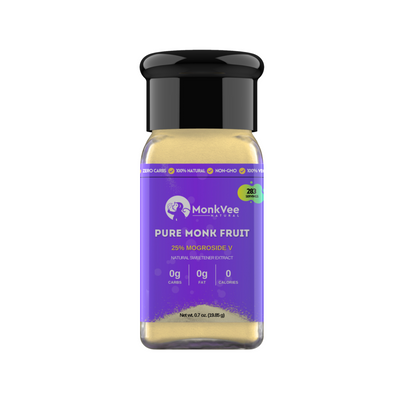
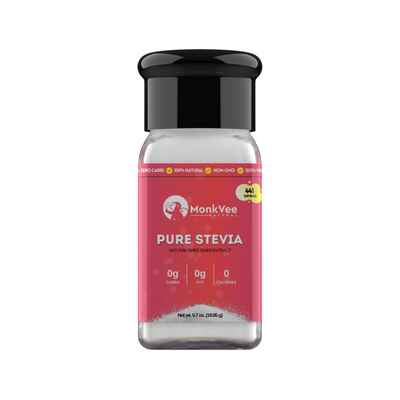
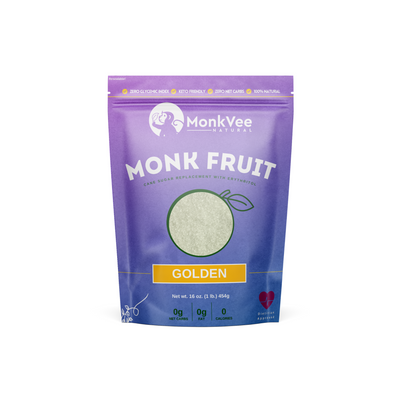
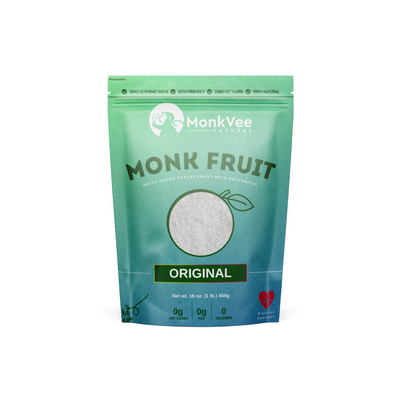
safe for diabetics, keto, weight-loss seekers.
Say goodbye to added sugar and lab-made artificial sweeteners.
No bitter aftertaste
Our products are high quality and 100% natural with no sneaky fillers or preservatives.
Our customers keep coming back for more. Why count calories when you can just ditch them!
MonkVee is founded by a type 1 diabetic and registered dietitian.
MonkVee sweeteners can be used in anything! See our recipe library for inspiration.
100% satisfaction guarantee or your money back, no questions asked

Ditching the sugar was never THIS easy!
Learn why millions of smart humans are ditching added sugar now
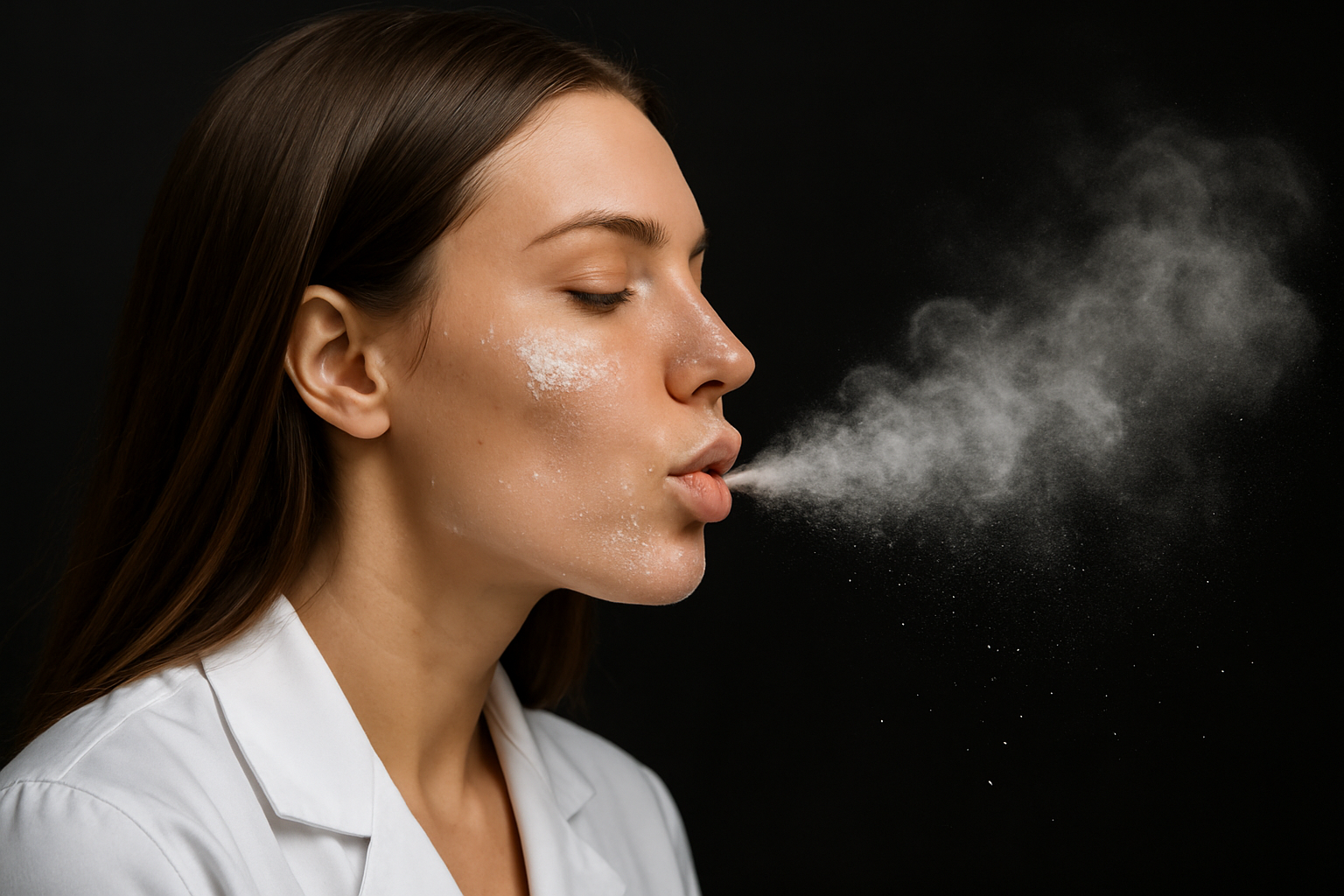

Cuts empty calories without losing satiety. Linked to reduced visceral fat (Harvard study). Prevents sugar spikes & crashes that fuel hunger
Prevents insulin spikes & crashes. Improves insulin sensitivity. Lowers Type 2 diabetes risk.
High sugar doubles risk of heart mortality. Improves cholesterol & lipid profiles. Reduces fatty liver risk.
Eliminates sugar highs and crashes. Reduces brain fog. Linked to lower rates of mood disorders
Reduces stress hormone imbalance. Improves hunger/satiety regulation. Supports women with PCOS (insulin-driven).
Lowers acne-causing inflammation. Prevents glycation (wrinkles, collagen damage). Reduces water retention & bloating. Sugar feeds cavity-causing bacteria. Cutting sugar reduces decay & gum disease.
Sugar weakens immune response. Cutting sugar reduces harmful bacteria & candida. Lowers risk of major chronic diseases. Linked to greater life expectancy.
High sugar impairs memory & focus. Alzheimer’s risk tied to “Type 3 diabetes” effect. Improves overall vitality & daily health. Lower risk of cognitive decline with reduced sugar intake
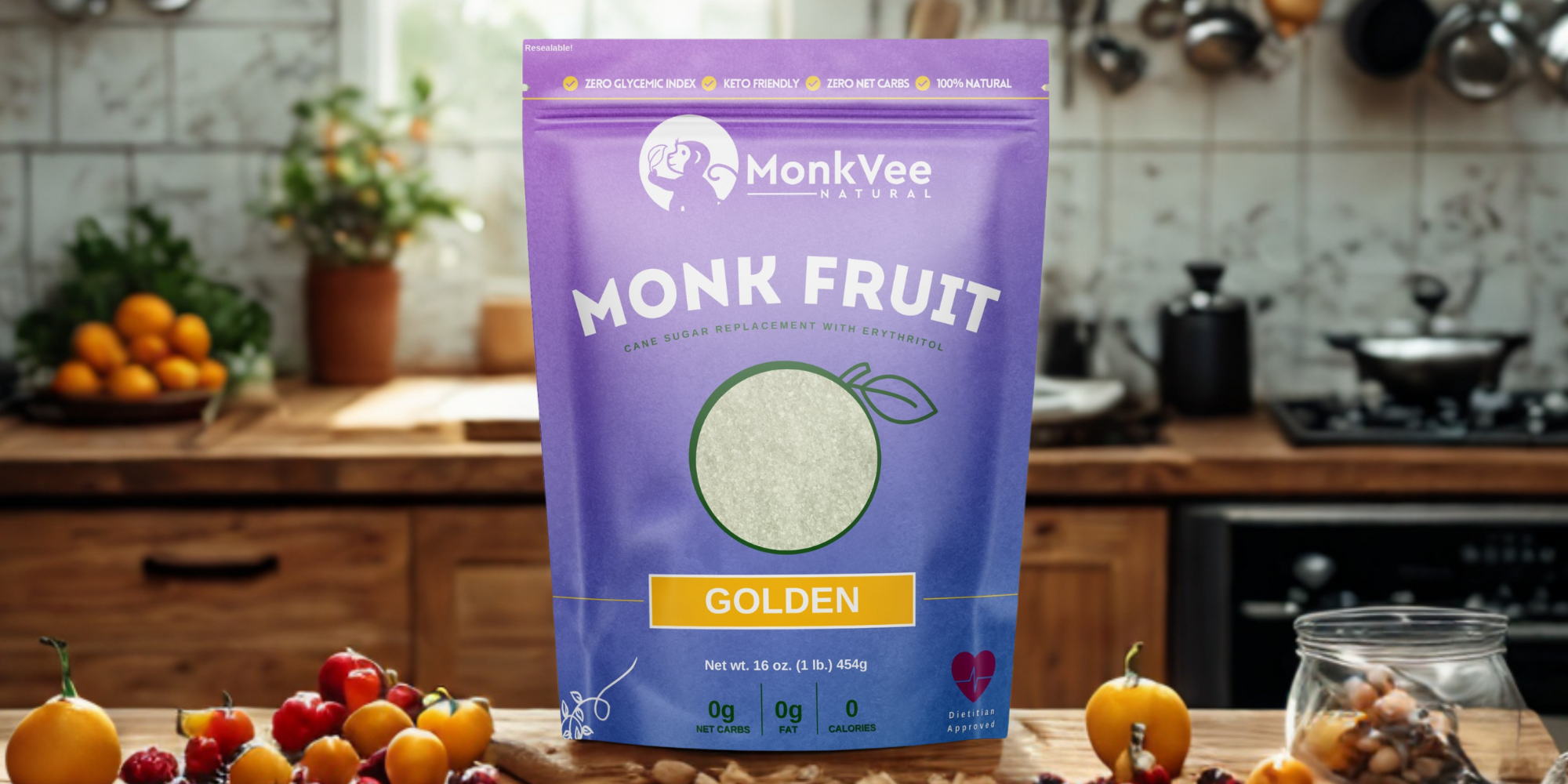
Welcome to the Sweet Life.
!